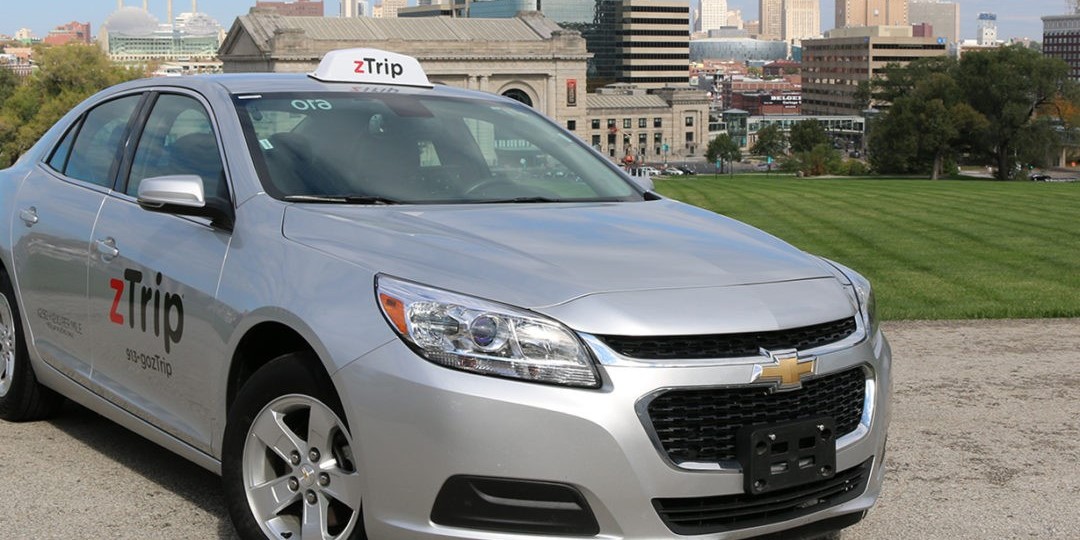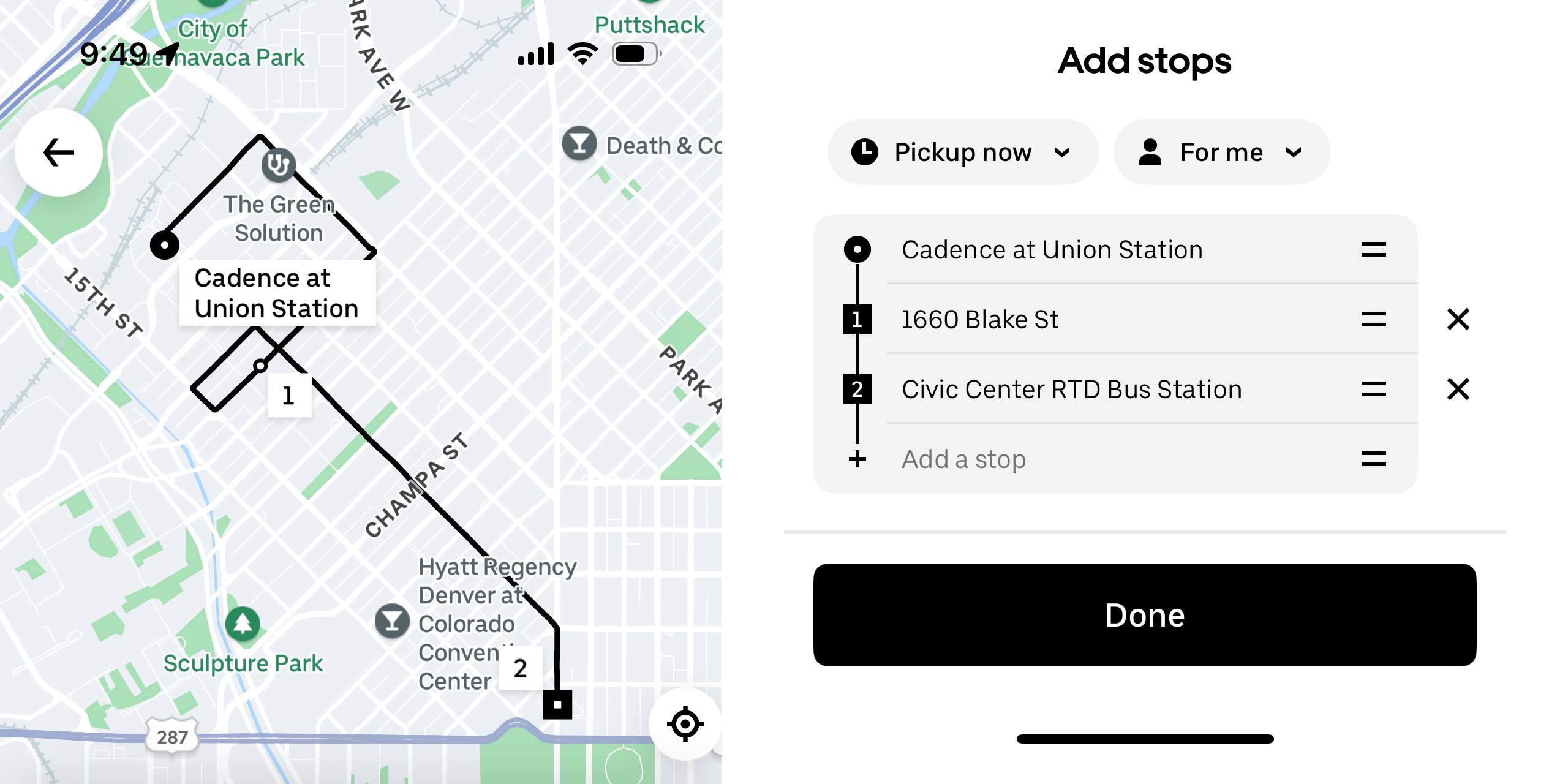GDT > RTD Rider’s Guide > Paratransit > Access-on-Demand

Access-on-Demand (formerly Access-a-Cab) is a service aimed at individuals who can travel in regular car but have cognitive or visual impairments, or physical impairments such as being unable to walk for more than short distances.
Who can use Access-on-Demand?
Individuals who are certified to use Access-a-Ride can use the Access-on-Demand service.
How does the service work?
Trips on Access-on-Demand are booked directly with RTD’s 4 transportation providers which are Lyft, Uber, zTrip and Metro Taxi. All the providers offer an app that can be downloaded and some offer the option to call to request a ride. Access-on-Demand functionality is provided after individuals complete a short enrollment process, where they confirm their eligibility.
Access-on-Demand provides all the transportation benefits that individuals without disabilities enjoy when using rideshare and taxi services, namely the ability to book a trip with no notice, a dedicated driver who takes them direct to their destination and accurate predictions on how long a journey will take. As the transportation providers can mix RTD Access-on-demand trips with their other work, they can offer a very responsive, flexible solution that can respond quickly to changes in demand.
While the Access-on-Demand drivers receive general sensitivity training, it is a “curb-to curb” service and drivers are not trained or obligated to assist riders much beyond getting in and out of the vehicle.
What does it cost?
RTD subsidizes the first $25 of the fare after which the regular fares of the Access-on-Demand transportation provider apply. The eligible individual pays these excess fares direct to the provider meaning that most short distance trips are free. This is quite a bargain when compared to the $9 for a round trip that Access-a-Ride can charge.
What are the problems?

- Because Access-on-Demand is provided in part by rideshare companies, there is a variety of vehicles that may be used. For some, this may cause issues as differences such as floor height, legroom and the ability to carry mobility aids can provide a wide variation in trip experiences.
- Because a subsidized and in most cases free rideshare service is quite a useful transportation perk to have, RTD carries strict warnings on its website to discourage abuse of the system. Users are limited to 60 trips in a calendar month (in effect one round trip per day) and no other riders are allowed. In addition, use of the intermediate stop function is prohibited as are round trips. Violations of the policy are punishable by suspensions from the service, starting at one week leading up to and including a permanent ban. This is despite these features being available in the apps with no warning at point of use provided regarding the consequences. It is totally on the rider to make sure their usage is within the rules.
- Many Access-on-Demand riders would like use of the intermediate stop function to be allowed as it speeds up simple “out and back” errands such as picking up a prescription or mailing a letter. Disability advocates point out that there are also potential financial savings for the agency as 2 single trips might be $10 each, but a combined out and back trip with an intermediate stop may only cost RTD $16.
- As individuals eligible to use Access-on-Demand enjoy a much faster and flexible service than those using Access-a-Ride, RTD has in effect a two tier service offering for individuals with disabilities. Perhaps the real issue here is that, barring fixing the intermediate stop policy, the focus should be on improving Access-a-Ride so that it offers somewhere near the flexibility and speed of Access-on-Demand.